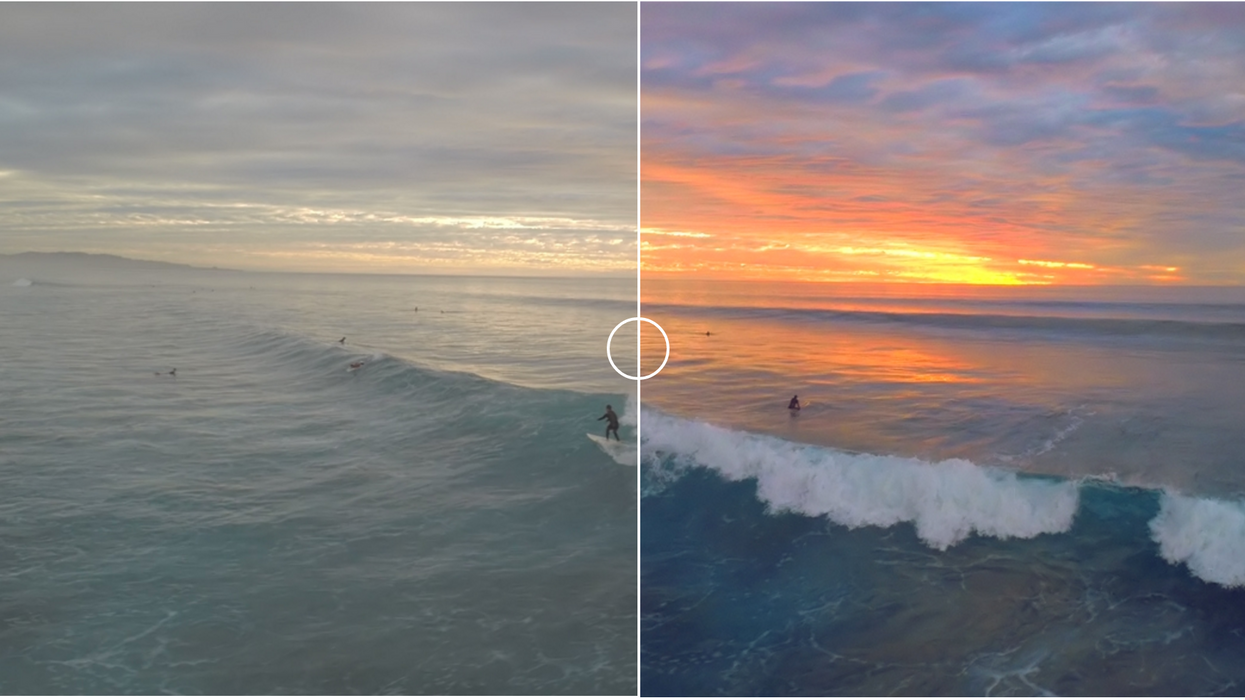FilmConvert Updates Camera Profiles for Three New Cameras
FilmConvert adds the URSA Mini to its camera profile database for more accurate film conversions.

FilmConvert continues the evolution of its popular film stock emulation software with the addition of the Blackmagic URSA Mini to its line of camera profiles.
To truly emulate the look of specific film stocks, software needs not only information on the stock, but also the source video footage. Footage from a 5D will need dramatically different processing than footage from an Alexa to match Kodak Vision3 5218, for instance. FilmConvert of course can work without profiling the source camera, but they do a great job of profiling as many cameras as they can, and they are consistently adding more.
Today's release adds the URSA Mini 4.6k, along with the Sony FS5 and a6300, keeping the line current with some popular new cameras. There is a free trial available on their site, and the plugin works with Adobe, Resolve, Avid, FCP X/7, and as a standalone app. There’s really no excuse to not at least give it a shot.
Anyone out there using FilmConvert? How’s it treating you?











